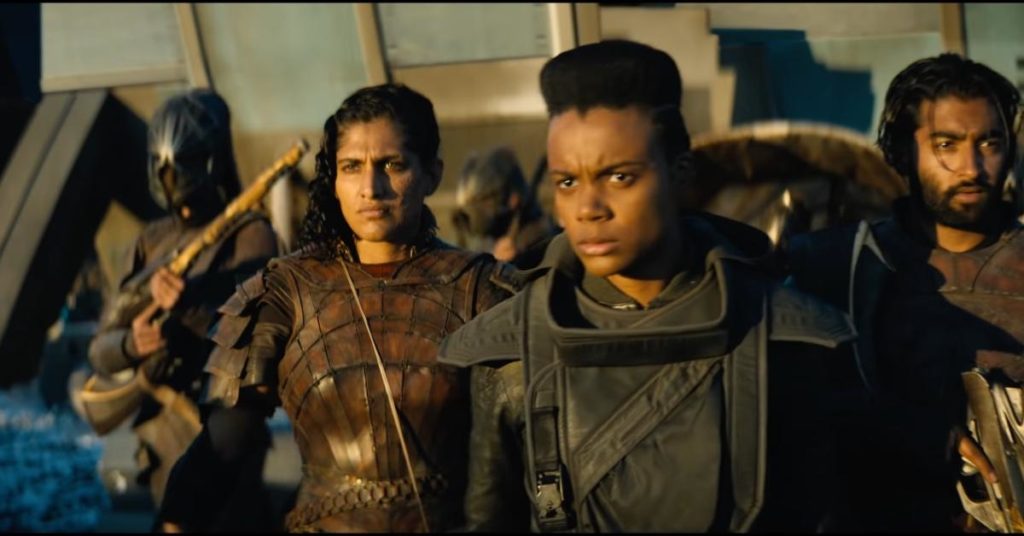Foundation
Tortuous paths in the millennium saga

Recently, while researching the novelties of cinema on the Internet, I was amazed to discover that the series “Foundation” (USA, 2021), based on the most famous work of writer Isaac Asimov, had been launched. My first doubt was the same of any Asimov fan, whether there would be fidelity to the books. Well, the answer is yes and no.
When I read the book “Foundation”, still in my adolescence, I had no idea that the work understood much more than the 832 pages of the massive volume that I had in my hands. The story that forms the backbone of the seven-book saga is that, in a distant future, the human species had spread across the galaxy into a powerful empire. One day, a researcher, Hari Seldon, comes up with a theory that the empire would collapse, and it would take thirty thousand years to re-establish itself.
Accused of treason, Seldon proposes the creation of a Foundation, with the aim of preserving knowledge, and thereby shortening the time of chaos to only one millennium. He and his group are sent to the distant planet Terminus, in a remote area of the galaxy, to establish their project.
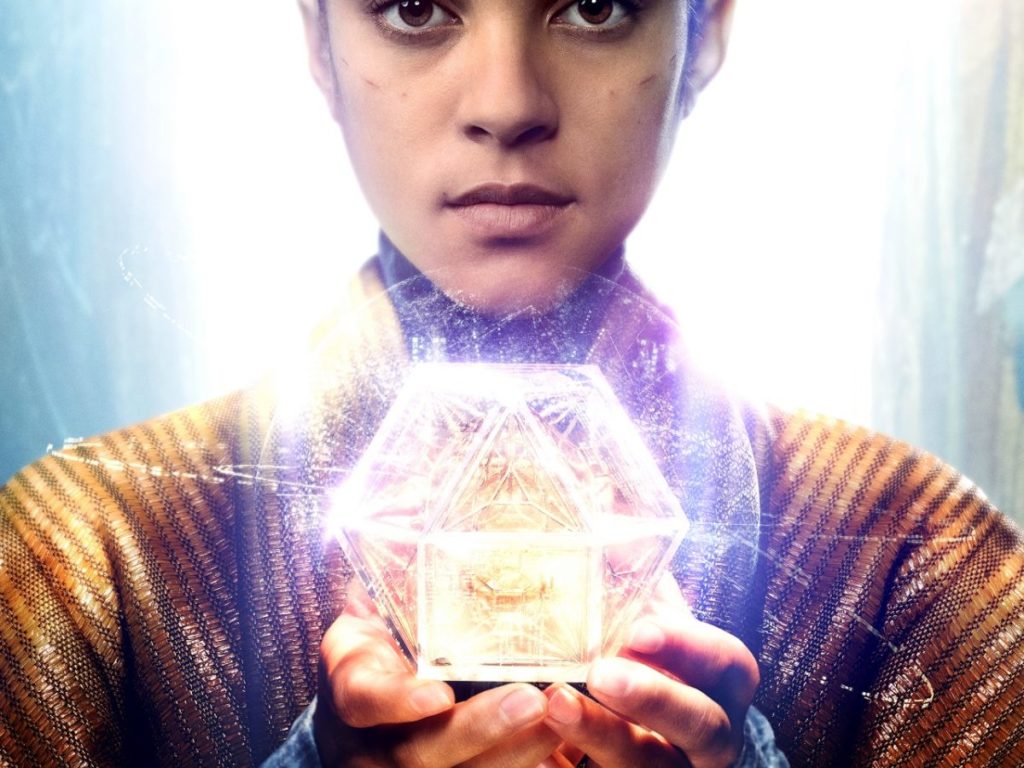
Asimov began writing the saga in the form of eight independent stories, which were published in the Astounding Magazine between May 1942 and January 1950. According to Asimov himself, the idea was based on the decline and fall of the Roman Empire. Later, the first stories were joined and published in book format in 1951 (“Foundation”), followed by “Foundation and Empire” (1952) and “Second Foundation” (1953). In the 1980s, Asimov returned to the saga and published four more volumes, completing facts before and after the first books.
Just looking at these facts, you can already imagine that transpose it to the movies would be impossible, other than one or the other specific story. For the series format, it already seems more plausible, although its gigantic difficulties, due to the extent of the work itself. Then we return to the initial question: how is the fidelity of the series in relation to books?
The first difficulty is inherent to cinema/television format. In most films and series, for the development of the story it is necessary one or more protagonists with whom the audience identifies. But how to do this, when the period in which history happens is a millennium? In the books, Asimov focuses each story on a specific period, with its heroes and villains, but the main protagonist is the Foundation itself.
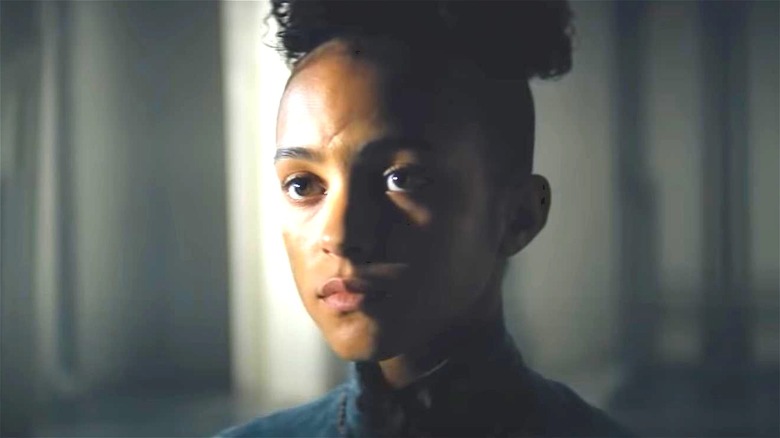
So, to warn the unsuspecting, I inform you that the series is loosely based on the written saga, maintaining the main idea of the need for the Foundation, the rupture of the Empire and the Crises that periodically test all that Hari Seldon had predicted.
Does that mean the show is bad? Far from it. Even if it does not follow faithfully the original books, the spirit of Asimov’s work is present, including with the supervision of the author’s daughter, Robyn, who is very much zealous about her father’s works.
As I said above, the starting point of the story was maintained. Hari Seldon (Jared Harris) is a scientist who works on the planet Trantor, the capital of the Galactic Empire, and who developed his audacious theory about the end of the empire.
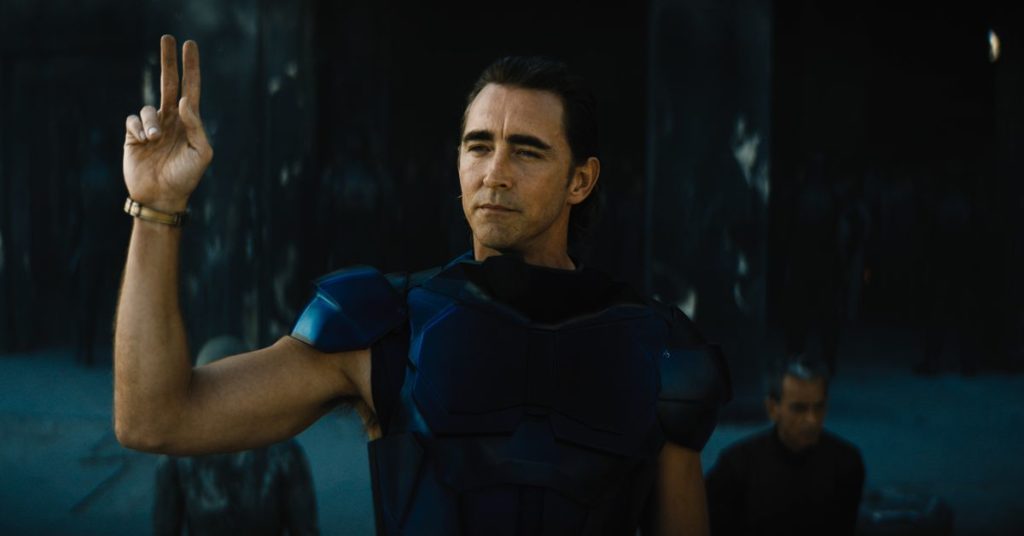
The first major change in relation to the book is with the character Gaal Dornick (Lou Llobell), who in the book was a man and appeared only on the first pages. In the series, she is a young woman from a planet flooded and dominated by a messianic sect. Gaal takes on a different role in the series, much more influential throughout the events.
The empire is commanded by a triplet of sovereigns, all of them clones of the first emperor. There is always a young, Brother Dawn (Cassian Bilton), an adult, Brother Day (Lee Pace) and an elderly, Brother Dusk (Terrence Mann). They are advised by the android Demerzel (Laura Birn), the same over eleven thousand years.
Throughout the ten episodes of the first season, we observe the story develop into three nuclei. The first is around the emperor’s entourage, the second with Gaal on her alternative journey and the third is in the Foundation, several decades after the establishment on the planet Terminus.
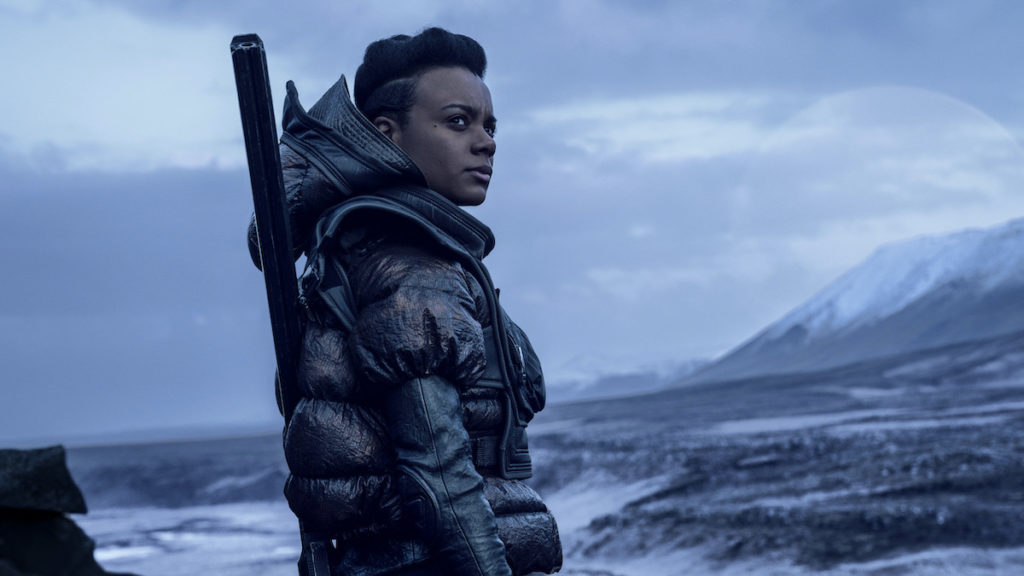
Another character that changed a lot was Salvor Hardin (Leah Harvey). An important element in the early chapters of “Foundation”, Salvor also changed gender and takes on a more dynamic and heroic role, which did not exist in the book.
As it couldn’t be otherwise, the series takes on the best of movies technology, with stunning special effects and fantastic locations ranging from Trinity College in Dublin to Reykjavik in Iceland, passing through Malta and the Canary Islands.
Perhaps Asimov’s most fanatical reader doesn’t like the series, but that would be unfair, as there is so much of the author in it, including elements from other short stories and books outside the Foundation collection. This is the case of the ghost ship that makes random jumps, and there is also a lot of the Galactic Empire collection, for example.
As the events shown in the first season barely cover the beginning of the first book, one expects a long series and still with many interesting stories, even for those who have never read anything of Asimov. In addition to the five hundred books he published, Isaac Asimov had several of them taken to the movies, the best known being “Bicentennial Man” (USA, 1999), “Nightfall” (USA, 2000) and “I, Robot” (USA, 2004).
The series “Foundation” can be found on the streaming service Apple TV.

